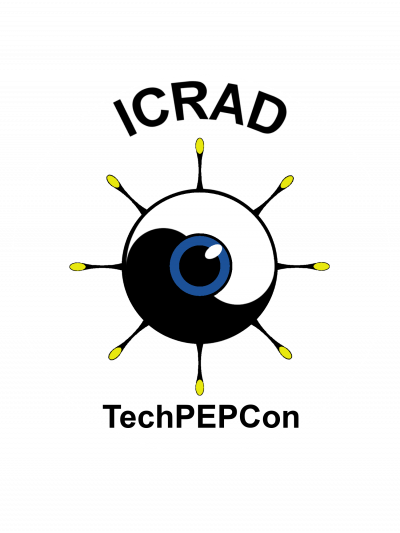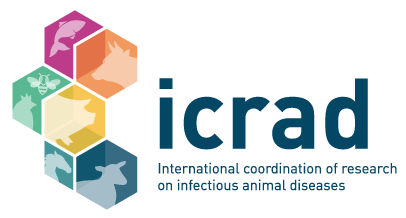Project details
Acronym: TechPEPCon
Researcher: Prof Dr Hans Nauwynck
Countries: Belgium, Greece, Hungary, Italy, Poland, Russia
Website: techpepcon.ugent.be

Project Summary
Pig industry has been evolving extremely fast during the last decades. The number of animals increased exponentially both on farms and in certain regions. Also, the number of animal movements over the world incremented and globalization of feed components has led to a completely open market. All these factors have led to a very dangerous situation with a continuous fast spread of infectious agents throughout the world.
Both epidemic and endemic infections have boomed. Very important gaps in the world-wide control of viral infections are difficulties to (1) recognize diseases at an early stage, (2) identify pathogens and pathogen complexes in a fast way and (3) convince farmers on the importance of a good biosecurity. In the past, these problems could not be solved due to technical limitations.
Due to technical revolutions in recent years, these gaps can be filled. We will use novel technologies to give an answer to these problems:
(1) A fast detection of clinical signs will be performed by sensors that record environmental conditions and animal physiological conditions (commercially available, Healthy Climate Monitor)
(2) A quick identification of pathogens will be performed using a platform, developed by the UGent partner. With a new sampler, material from living and dead animals will be collected and pathogens will be purified on-site. The obtained material will be analysed on a nanopore sequencing device. By the use of internal controls and an intelligent software platform, all viruses can be identified and quantitated within hours (Theuns et al., 2018). Identification of bacteria and virulence genes is already possible and work is ongoing to detect antibiotic resistance genes. This extremely fast and powerful diagnostic tool is changing the whole diagnostic world. There is no need for a prior selection of cell cultures, broth and primer sets for diagnostics.
(3) A risk-based biosecurity scoring system (Biocheck.UGent) will be used to determine the level of biosecurity at pig herds in an accurate and repeatable measure.
When we put all these recent new technologies together, we are now able to make a full line up of the classical tripartite model of disease, namely animal (early clinical problem detection), pathogen (fast identification) and environmental parameters (biosecurity measures).
In WP1, the pathogen circulation and hidden problems will be identified in a longitudinal study on ‘healthy’ farms with the new sensor combined with the new diagnostic nanopore platform. We know that viral and bacterial circulations occur on these farms and with the more sensitive sensor, we will find out if hidden clinical signs can be detected. Combined with a biosecurity check, the biosecurity level can be improved.
In WP2, it will be examined during a clinical outbreak, which pathogens are involved using the new diagnostic nanopore platform. The clinical signs will be recorded with the new sensor. From the results, certain clinical pictures will be linked with the infection of certain pathogens or complexes. This will lead to pathogen-based treatments and preventions. Combined with a biosecurity check, we will be able to increase the biosecurity level.
In WP3, the new viral and bacterial genotypes and complexes from WP1 and WP2 will be further characterized genetically. Upon experimental infections of two new viral genotypes, the clinical outcome will be clarified.
In WP4, a spatio-temporal follow-up of viral endemics and epidemics in veterinary medicine will be installed as a rapid alert and security system for swine industry.
The project will end up with fully functional service laboratories that will use the frontline technology for routine diagnostics and support of farmers. The knowledge will be spread afterwards to other interested European laboratories. The spatio-temporal follow-up of viral endemics and epidemics will be much appreciated by farmers, veterinarians, decision makers and pharmaceutical companies.
